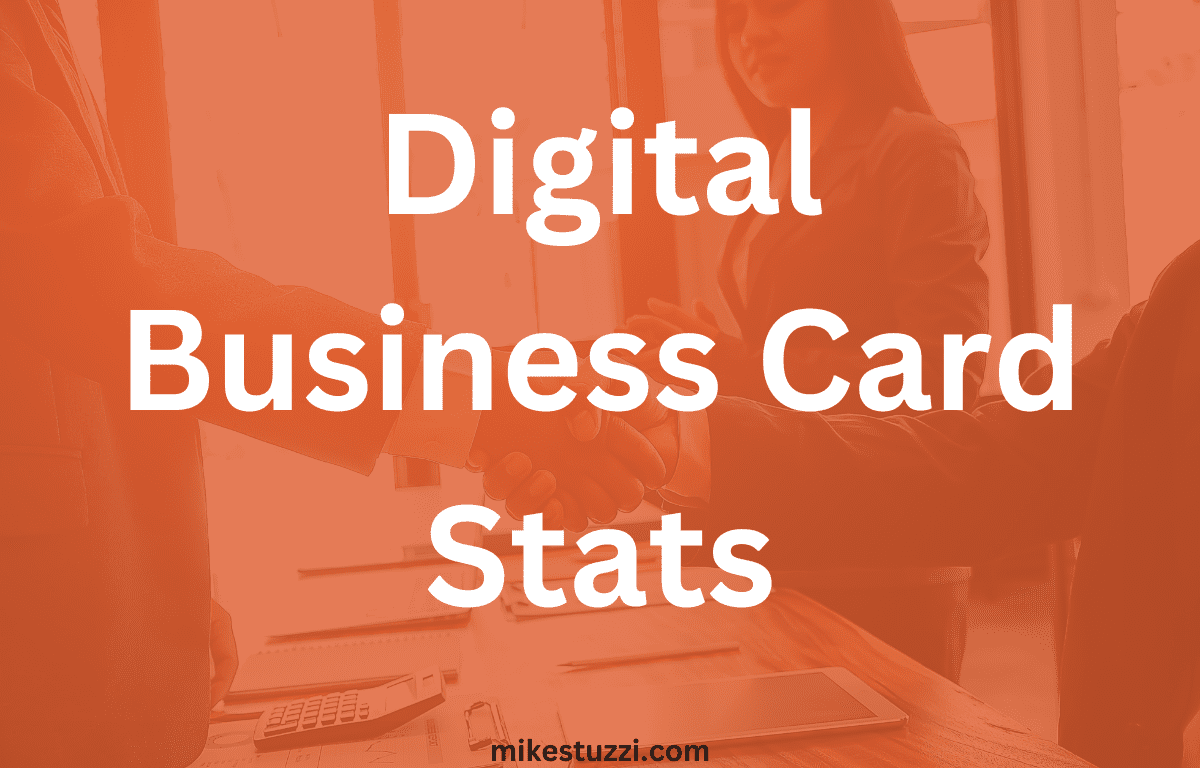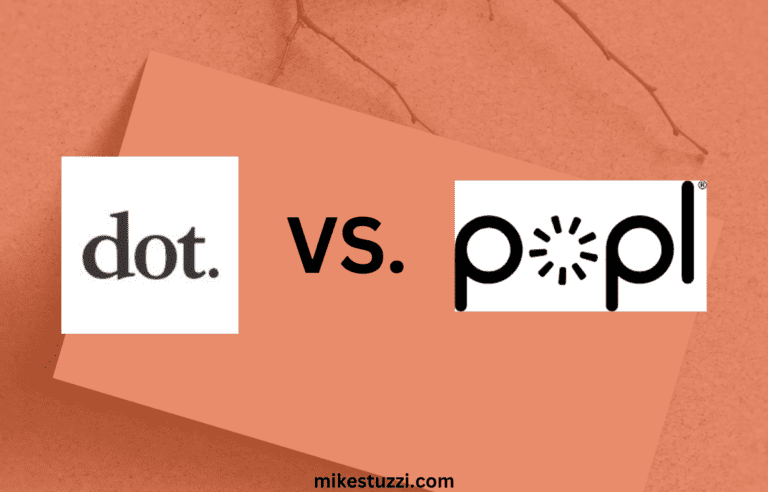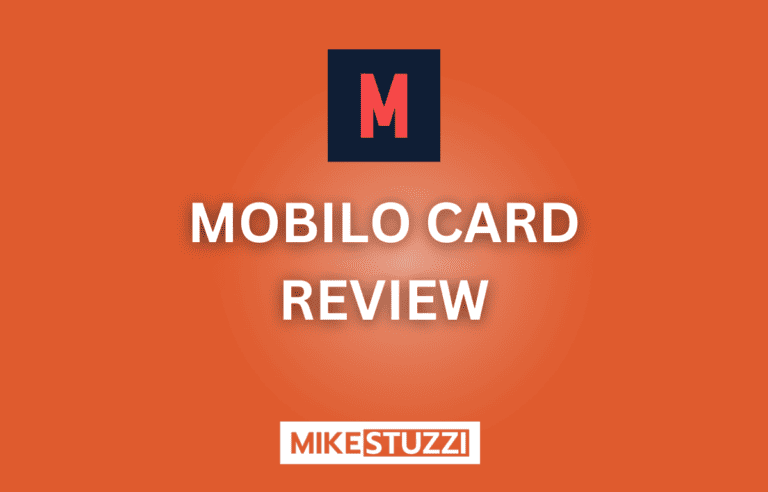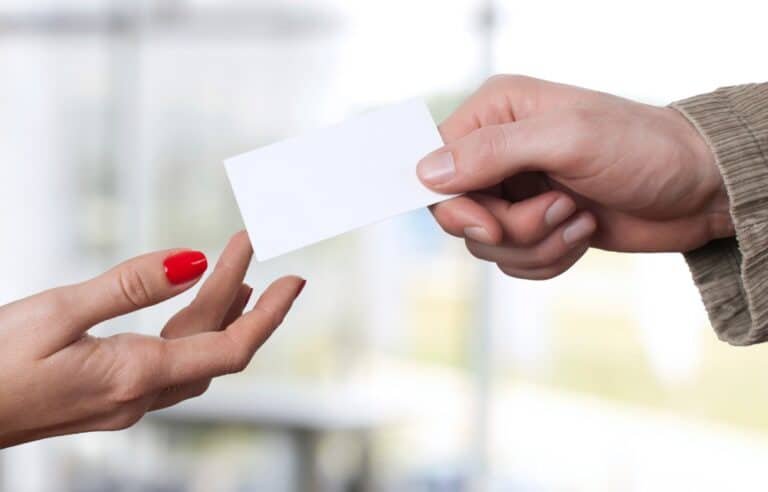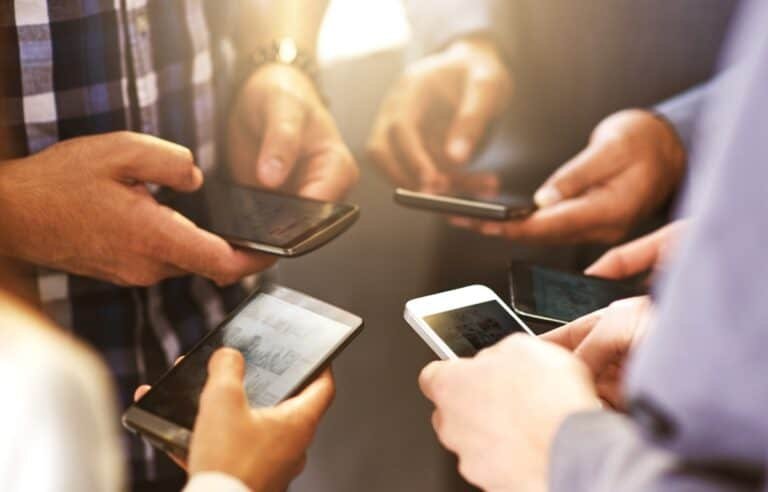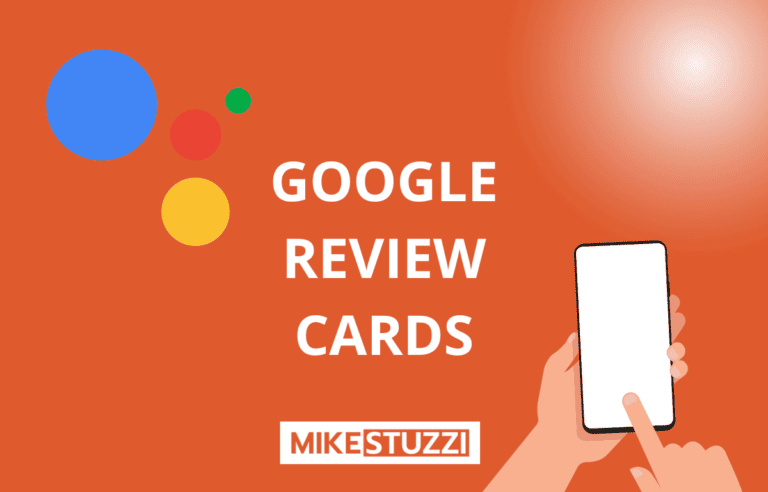Statistiken zu digitalen Visitenkarten (2024)
We’re in an age where everything traditional can be replaced with a digital alternative, including business cards. Many professionals and businesses are now switching from paper to digital business cards as a more flexible option. Just a few taps on your smartphone or clicks on a computer and you’re able to instantly share contact details with potential clients, partners, and even employers.
But what exactly are the trends and statistics surrounding these contactless business card solutions? This article covers the usage statistics, benefits, and emerging trends of digital business cards. By the end of it, you’ll have a better understanding of how these cards can work for you in today’s modern business landscape.
Digital Business Card Usage Data
1. The major market driving forces for digital business cards are an increasing number of smartphone users and social media
It’s no secret that smartphones and social media have made life easier in many ways. Digital business card platforms have benefited from the ever-growing number of Internet users.
Digital business cards are shared through virtual means such as sending online or scanning a QR code that opens one’s browser to display the information. As more people, especially Millennials, continue to access digital media, the trend only makes digital business cards more usable as networking tools.
2. North America is the dominating region
Digital business cards are available worldwide but are used more in certain places than in others. The North American continent leads in terms of usage, according to Market Research Future.
This means that the USA and Canada, among other North American countries, have made the biggest move to digital business cards. This high usage comes from the large number of North American entrepreneurs that understand the importance of networking.
Also, the region of Asia is another one that follows closely in terms of the adoption to these digital alternatives to traditional business cards. India, Japan, and Malaysia are some key markets for these cards in Asia.
3. COVID-19 contributed to the switch to digital business cards
As you may know, COVID-19 affected in-person interactions. This contributed to the need for virtual interactions and the exchange of things like payments and business cards without contact. And so, digital business cards turned out to be the solution that aligns with social distancing rules that curb the spread of COVID-19.
Top Digital Business Card Stats
4. The global digital business card market is expected to grow at a CAGR of 6.90% between 2022 and 2030
CAGR or Compound Annual Growth Rate is simply a way of measuring how much a certain market is expected to grow over time. In the case of digital business cards, the market is forecasted to grow at a CAGR of 6.90% between 2022 and 2030.
What this means is that the market is predicted to increase by an average of 6.90% every year during this period. In simpler terms, the demand for digital business cards will likely rise steadily over the next few years.
5. $6 billion is the predicted global market valuation for digital business cards by 2030
The global market for digital business cards is to reach $6 billion in valuation by the year 2030. The reason is that more businesses continue to move towards digital transformation in every aspect, including networking becomes. And so, in this modern age, digital business cards are becoming an attractive solution for professionals who want to quickly share their contact information and make lasting connections.
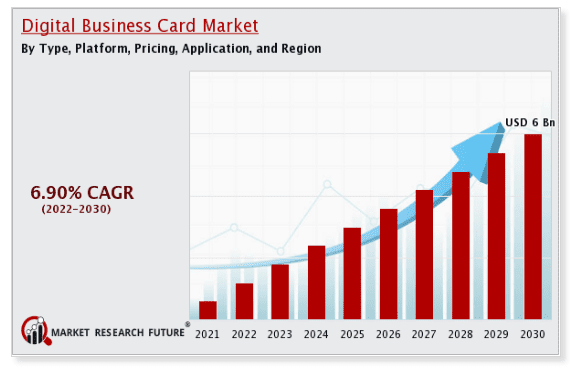
Are Traditional Business Cards Dead?
No, not really. While more people have switched to digital business cards, the traditional options are still in use. Not everyone has adopted the modern way yet and it may take years before traditional paper cards become obsolete.
Tatsächlich, 27 million business cards are printed daily, according to CreditDonkey. This number comes to around 10 billion in a year.
This means that business cards are still highly valued. It’s expected that more people will go digital over the next couple of years and this will result in lesser printing of business cards.
Why More People Are Turning to Digital Business Cards
Contactless
With the upgoing trend towards contactless interactions due to the COVID-19 pandemic and the resultant restrictions, digital business cards are a convenient and safe way to share contact information without the need for physical contact.
Accessibility
What’s more, digital business cards are highly accessible and can be easily shared through email, messaging apps, social media, and other online platforms. Also, they’re shareable offline via QR codes (scanning) and NFC (tapping). This accessibility makes it easy for people to instantly exchange information and be able to follow up after networking events or meetings.
Easy to update
Another advantage of digital business cards is that they can be customized and updated at any time. If it were a traditional paper business card, changes to contact information or job titles would require you to reprint the entire batch, something that can be costly. However, digital business cards can be updated instantly on the platform used to create or manage them, and the new version shared immediately with contacts.
Interactivity
Digital business cards are more interactive when it comes to usage. A small piece of paper can only accommodate so much. For an electronic card, you could have not only your contact details but also clickable links, engageable photos and videos, openable documents, and more.
Environmental friendliness
We can’t forget the fact that digital business cards reduce the need to print paper cards for networking. Unlike in traditional business cards where trees are cut down to produce them, virtual cards are shared online.
Even if one was to use a printed but digitally shared card (such as one with a QR code or NFC technology), they would just need a single one or a couple of them for different occasions. Not dozens that can easily get lost, misplaced, or even thrown away, like the case of traditional cards.
Abschluss
As you’ve noticed, the statistics on digital business cards speak for themselves. Technology continues to advance and our world is becoming increasingly digitized. And so, it’s no surprise that more and more professionals and brands are opting for the new sleek and convenient alternatives to traditional paper cards.
Benefits such as being contactless options, enhanced accessibility, and sustainability make digital business cards an exciting opportunity for individuals and companies alike to modernize their networking strategies. It becomes easier for them to make meaningful connections in the digital age. So if you haven’t yet made the switch to digital, now might just be the time to do so!
Find out more about digital business cards below:
- What’s a Digital Business Card
- Top Digital Business Card Apps
- How to Make Your First Digital Business Card

